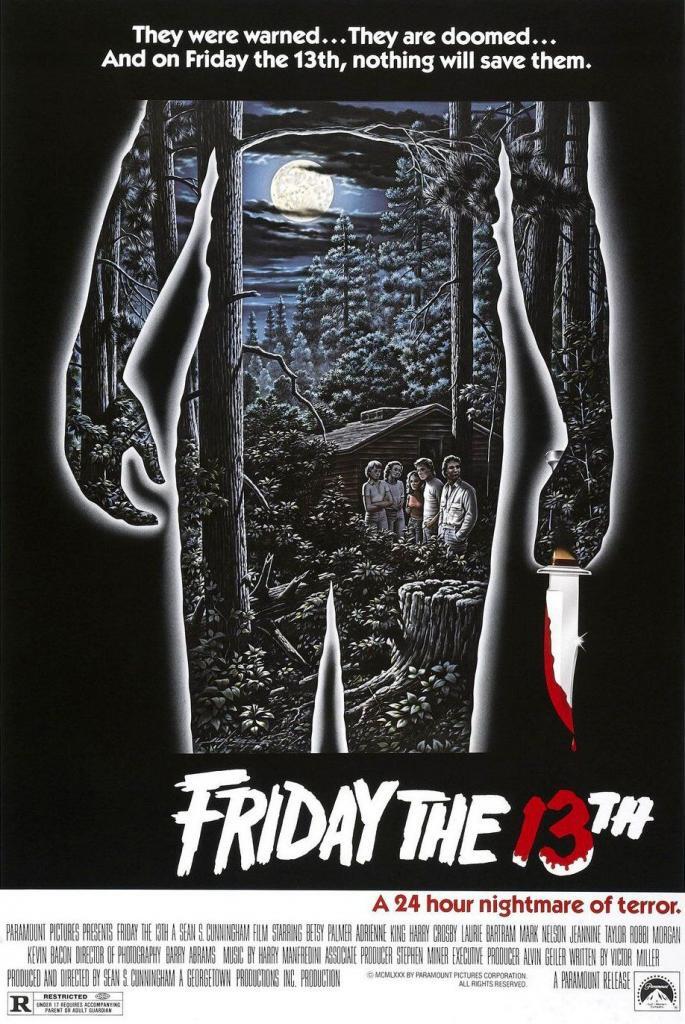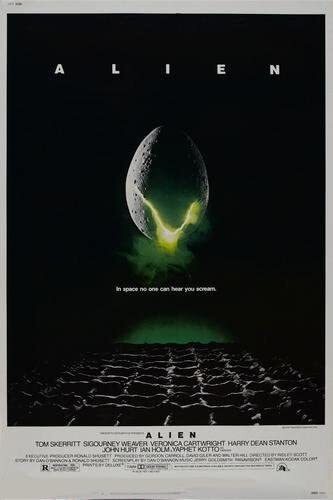The differences between some horror games are like the differences between a haunted house ghost ride and being chased by an actual deranged killer. Being startled is one thing, but the feeling of being pursued by a genuine threat is as hellishly exhilarating as it is difficult to simulate. Horror video games such as Resident Evil (1996) and Silent Hill (1999) laid foundations for the concept of ‘Survival Horror’ as much as later titles like Amnesia: The Dark Descent (2010) and The Forest (2014) branched out and developed what it meant, finding new ways to milk the formidable dread of being stalked. The feeling could arguably translate to many mediums of art and entertainment, none however finding it nearly as easy to achieve as video games. When a player can digitally embody a character’s perspective, or further still, make a character to look just like them, then immersing the common individual shouldn’t be all that hard.

Films, on the other hand, must rely on a variety of tricks to achieve the fight-or-flight-tickling survival horror sensation. This can include stylistic choices, core concepts and often exploitation of the setting and the themes buried within it. Slasher flicks like Friday 13th (1980) commonly include a group of people desperately trying to escape a killer with their lives which, when done well, forces the viewer to consider their own mortality over and over. Apocalyptic horror films like I Am Legend (2007) can portray a single individual as the last surviving human, posing questions of society and seclusion to its audience while basking in the heavy dread of pure isolation.
It is within this isolation that many horror films thrive, and setting is one of the more common tools to make it work. Of course the true requirement for audience immersion is quality acting, though setting can often act as a character itself, becoming in some cases the ultimate source of terror. Many horror films such as Backcountry (2015), Willow Creek (2014) and arguably The Revenant (2016) (the latter featuring one of the most savage bear attacks in film history) take place within vast wildernesses for this very reason. When things go wrong, there aren’t many places to go, and chances of survival decrease drastically. One of the most effective of these films, especially for the general British public, is Eden Lake (2004). When a couple retreat to the idyllic titular spot in the woods for a quiet weekend, their worst nightmares manifest in the form of a group of troubled youths. Armed with a capable cast and a believable plot, this violent thriller consistently raises question after horrible question of morality and group mentality, right up until its hair-raising finale. Not a lot of us will have come across bigfoot or even a grizzly bear in our lives, though trouble at the hands of ‘hoodies’ is something many are accustomed to.
Of course isolation does not necessarily depend upon setting, and the plot of a film can have just as much bearing on this effect. Many stories tell of an apocalyptic age, one taking place after much of humanity has been wiped out, and focus on the exploits of a few survivors. Within films such as The Crazies (1973/2010), Doomsday (2008), I am Legend (2007) and Mad Max (1979) are insights into the psychology of people forced to outlive their species, along with a lot of wacky violence. When characters are thrown into a lawless world of gangs and deadly viruses, new and often brutal measures of survival are employed. Frank Darabont’s The Mist (2007) centres around a small town overrun with, you guessed it, an insidious mist. Within this mist, however, are terrors beyond which they have ever known, and the only hope for a modest group is to lock themselves into the local supermarket. As the story progresses, antagonists become more numerous in the form of other survivors, and what follows is a potent and nightmarish surmise into what religion and mob mentality could achieve in such a situation. The story is told through the eyes of David Drayton as he tries to protect his son Billy from the gospel-preaching insanity of Mrs Carmody, and poses a harrowing choice between a world of monsters and the company of his neighbors as they slowly become monsters themselves.
One must not necessarily wait for the apocalypse to explore the volatile chaos of a group of isolated people. This idea provides the base concept for many horror films from the prolific Saw series to smaller flicks like Await Further Instructions (2018) and Would You Rather (2012) wherein a congregation are held by some sinister means and forced to endure some psychological or physical torture. These films are an excellent vehicle for exploring the psychology of different groups when faced with a life or death situation. While a common trope is to bring a group of (supposed) strangers together for some hellish game, Await Further Instructions pits a British family at Christmas against some unseen, unknown threat that has contained them within their house. It is a brilliantly executed exercise into paranoia, xenophobia and the true meaning of family values when said family is pushed to the brink by an otherworldly threat.

Things not-of-this-earth have been a source of terror for centuries. Being lost in wooded wilderness is one thing, however space is arguably the ultimate setting for claustrophobia and pure hopelessness. Alien (1979) teased us with the idea that an extraterrestrial threat could reach earth while gleefully exhibiting the effects of just one of these organisms on a spaceship’s crew. Where it thrives is within the tight, winding corridors and vents of The Nostromo, where the crew are mercilessly picked off by the ultimate killing machine. Coupled with this internal threat is the vastness of space only sheet-metal’s width away. When properly considered, the extinction of the human race wouldn’t be all that hard (look at how we handle a virus outbreak) and the horror writers and directors who know this will always hit harder at our baser survival instincts. Stay safe, and stay alive.
Joe first knew he wanted to write in year six after plaguing his teacher’s dreams with a harrowing story of World War prisoners and an insidious ‘book of the dead’. Clearly infatuated with horror, and wearing his influences on his sleeve, he dabbled in some smaller pieces before starting work on his condensed sci-fi epic, System Reset in 2013.Once this was published he began work on many smaller horror stories and poems in bid to harness and connect with his own fears and passions and build on his craft.
Joe is obsessed with atmosphere and aesthetic, big concepts and even bigger senses of scale, feeding on cosmic horror of the deep sea and vastness of space and the emotions these can invoke. His main fixes within the dark arts include horror films, extreme metal music and the bleakest of poetry and science fiction literature.
He holds a deep respect for plot, creative flow and the context of art, and hopes to forge deeper connections between them around filmmakers dabbling in the dark and macabre.

